# 11 JAN MEISSNER, New York Photographer

Leica Liker is honored to have Jan Meissner, a New York Photographer with ‘street’ sense as our #11 guest. Also Leica Liker’s first WOMAN photographer!
paint·er·ly [peyn-ter-lee] adjective
Fine Arts . characterized by qualities of color, stroke, or texture perceived as distinctive to the art of painting, especially the rendering of forms and images in terms of color or tonal relations rather than of contour or line. – dictionary.com
Etymology of the word ‘photography’:
From the Greek words phos (“light”), and graphis (“stylus”, “paintbrush”) or graphí, together meaning “drawing or painting with light” – allwords.com
If there was anyone who’s work exemplifies the etymological meaning of the word “photography”, then it’s Jan’s. I think you will agree, her photographs are simply painterly. They’re contemporary homages to early Renaissance paintings and frescoes albeit with the aid of a very modern, mechanical and electronic instrument rather than brushes, oils and tincture.
After conversing at length with Jan, we found we had a mutual love for early Renaissance painters like Piero della Francesca and Domenico Ghirlandaio, whose iconic images adorn museums and churches throughout Italy. Those images draw you in with amazing detail of light, form, color and perspective.
When you look at Jan’s photos, they are very often simple flat-on images. Much like many early Renaissance paintings. Yet each person or facade or object is lovingly painted with light or shadow. As a result, her colors are rich, full of texture, making you want to take it all in. Jan terms it the special balance between ‘luminosity’ and ‘density’.
However, there is a great difference between Jan’s inspiration from early Renaissance art and her ‘photographic paintings’. While the old masters often worked with allegory and metaphors, Jan’s work is about capturing a slice of life. It’s like comparing traditional writing that has a beginning, middle and end to alternative modern writing where you start from any chapter and not necessarily from the beginning. She emphasizes the ‘slice of life’ by the way many of her subjects are framed. People and animals often purposefully sit at the edge of the frame or are cut in action, as if to say, they are part of a continuum of life.
For a moment in time, Jan gives us, the voyeur, the ‘feeling’ of intimate interaction with her subjects, engaged in being themselves – being human. But true to the meaning of voyeur, Jan stands far enough away so that we can’t touch it. As if she is protecting her subjects from too much intrusion. Her goal is to show the many small wonders of life but does not offer it up for consumption.
Jan is modest too. She claims she is not a visual artist of any kind. Perhaps it’s because she’s from the small Texas town of Placedo Junction. Or perhaps it’s because the important people in her life are painters and sculptors, who had formal training in light, form and composition. Or perhaps it’s because she was trained as a writer where her tools were words instead of brushes and paints. But her ‘photographic paintings’ clearly prove otherwise.
While starting in the confines of traditional street photography, Jan has since branched out into the world of fine art. Like a true artist, her complex and multiple exposure work push far beyond the specific boundaries of street photography by establishing new interpretations and new ideas of what it means to shoot the street.
Remember the Polaroid? Well, I live in Los Angeles, where our museums are filled with works of influential California contemporary artists. David Hockney (a British painter who lived here in his formidable years), comes to mind. He took what was a specific format of a single framed print (83mm × 108mm with the image itself smaller as it is surrounded by a white border) and created a new way to look at photography through his artistic eyes. He created collages out of hundreds of Polaroid images thereby breaking the traditional way of looking at a single Polaroid.
Jan is treading a similar path of experimentation and trying to redefine what it means to shoot and present her view of the streets. And for a fraction of a second, Jan’s images give us distinctly unique, beautiful and treasured views of what it’s like to be human moment to moment.
Here’s my interview with JAN MEISSNER:
Nick Name: No, no nickname.
Currently living in: Downtown Manhattan
Motto: Harry Callahan admired the photographs of Ansel Adams but since there were no mountains in Michigan he decided he would have to look very hard at the ground beneath his feet. This is not so much a motto as a description of my approach to photography.
Shooting the Streets since: 2006
Profession/Job: Photographer. Writer. I’ve held many jobs through the years—publishing world, art world, restaurant world—but none of them have been much more than mechanisms for survival.
Websites: www.janmeissner.net
Organizations or Group: No organizations and no groups.
How did you decide you wanted to be a photographer after being a writer? It was not really a decision so much as an accumulation of events, something akin to the confluence of events in life that I look for in my photographs. The camera seemed to catch the world in a more immediate way than my words did—that immediacy was powerful and exciting to me after the years of using the much slower medium of language.
Favorite Street Camera & Lens: Canon 5D Mark III with a 24 to 105 lens
Back-up Street Camera & Lens: I carry as little as possible so no second body but I often carry more than one lens.
Favorite photography gadget: No, no gadgets.
Favorite street food: I rarely stop to eat while shooting.
Do you listen to music while shooting? No. Music would impose itself on the very thing that I am surrounded by. I think of those moments in film when a crescendo of threatening chords in a piece of music intensifies the dread the audience feels, and, yet, if the notes of a light and comic score were played, the scene would have a very different effect on those watching. I, as the photographer, must be an audience for the streets and the streets have their own music. I sometimes have the odd and fleeting sensation that those sounds, that music, will be in the photograph itself. No, it won’t, but if I am in fact a street photographer, it is because for me the street is an organism, an entity, a metaphor for life made visible in a heaving scattering way that comes with its own sound track.
Favorite music when shooting and/or editing photos: After many years of living with a husband and son who could not let a moment go by without music being played, now that I live alone, I am happiest in the silence, the distant sound of the streets lending a kind of familiarity and companionship as I work.
Favorite photo software: Aperture and Photoshop
3 Favorite Master Photographers: I am not only new to photography as a practitioner but also as a devotee. Six years ago I began to look at the world through the eyes of photographers as well as through the eyes of painters and writers. Brassai and Lartigue and Atget and Henri Cartier Bresson were the first whose work came into focus, and, therefore, I name them as favorites, but they simply reside at the top of a long and changing list.
3 Favorite Contemporary Photographers: This is a bit like playing the game of word association—what first comes to mind is simply what first comes to mind. But there may be deeper and much more interesting answers to give and when I name Harry Gruyaert and Tyler Hicks and Phillip-Lorca diCorcia I must then add Alex Webb and when I add Alex Webb I must then add Bruce Davidson and Josef Koudelka and Elliot Erwitt, and, so, on it goes.
Which 3 photographers’ prints do you own? Unfortunately, none, but if I could own one, it would be Henri Cartier Bresson’s Barge Family, Bougival 1956. It exemplifies for me the very best of his decisive moments, and, even though I do not think of myself as so much looking for the decisive moment as looking for the decisive confluence of time and space, I love these people and I love Henri Cartier Bresson for sealing their lives, at that moment, into a capsule. My own life has been made richer for being able to witness that moment as being part of the continuum of human experience. Sentiment without sentimentality.
Color or Black and White? Color—always.
Shoot Film or Digital? Long ago, in the days of Antonioni’s Blow Up, I shared a Nikormat with the man I eventually married but that camera was a temporary attraction and he became a painter and I became a writer.
Is there a special time of the day you like to shoot or is any time good? I’ve come to know my neighborhoods—when and where the shadows fall or don’t fall—so I tend to shoot according to which side of the street I’m most interested in and when I expect that side to be dark or sunny. This is a partial attempt at an answer—my reasons are never quite the same for going out, but I do go out everyday, and, mostly, in the middle of the day when the streets are at their busiest.
How do you define “street” photography? I know that many street photographers have specific rules. A friend in New Zealand attended a seminar and was told never, ever, to crop—that cropping is a sacrilege. This is a kind of fundamentalism that does not interest me. It seems a fanaticism based on an arbitrary ideology. What I want from a photograph is to feel the touch, the very air of that place in which it was taken. However one arrives at that feeling is fine with me. Elliot Erwitt uses an air horn to get a dog or a person to turn in his direction. In a way that is like cropping. It is altering the moment in a way that works for him. I am not a confrontational photographer. I try to be the shadow on the wall. People are so often lost within themselves on these city streets and I try to catch them without their mask—human beings caught in the stillness of being human beings. There are often people at the edges of my photographs—life does in fact exist beyond the frame. For me, street photography is not about creating an alternative universe but the photographer is as much the maker of the scene as those within the frame.
Building a photograph is what every photographer does–we frame–we deal with focus and aperture and shutter speed and ISO. We deal with elements like tone and depth of field that carry emotional weight, elements, or tools, that change the emotional weight of a photograph. I use color as an emotional tool. Some photographers use black and white as an emotional tool. But, tell me, what could be more “fake” than the abstractions that black and white create. Black and white is simply a tool, as color is a tool, as framing is a tool but the aim is always to cause a single photograph to capture the emotional weight of ordinary life. I build many, but not all, of my photographs and to a great degree I believe that the decades I spent as a writer have set me up for this. The additions and subtractions that I make to a photograph always exist within moments of one another. For me, they belong together within their frame just as much as any one solitary unmanipulated image belongs within its own frame. Street photographers shoot the world, life, incidents and accidents in all their variations. But for me, no categories exist. There is no need to separate or define or fear the encroachment of any one way of working on any other way of working.
Why did you choose “Street” Photography and not another form of photography or stamp collecting? I was a short story writer. I began a novel that absorbed me for ten years, and at the end of those ten years I felt a bit lost. A friend gave me a small point-and-shoot camera to photograph the kitten he had also given me. Other friends were amused by the photographs I took. My friend began to urge me to use a larger camera, to go outside, to look at the world through a lens, and I have to say that when I did, finally, I experienced one of those moments of epiphany that cause one never to look back.
What motivates you to photograph the streets? The possibilities of confluence—the endless confluence of time and space—object and event—architecture, shape, form, color, faces, limbs, long winter coats, wind-blown hair, shadows, clumps of humanity shaping and reshaping themselves. The possibilities for surprise are endless in this city. There is a whirling quality to the streets, kaleidoscopic, and if I turn the lens to take in time as well as space I get that bounded space in which the endless parade of humanity can be framed. From the beginning I was never so much searching for the decisive moment as the decisive clump, the parts that came to be a whole.
Is shooting the “streets” an obsession? Perhaps it has become so. I was born and raised in the flatlands of South Texas, a place of little color, a place of vast and stretching emptinesses, few people, grazing cattle, low rows of cotton, wooden windmills and tilting oil rigs outlined against an ever present skyline, a skyline enclosing those long straight asphalt roads that served as pathways through a heat and dryness that vied with solitude for the thing that most oppressed those who made their lives and livings there.
But now I live in Tribeca and have done so since the seventies—my neighborhood is downtown Manhattan—Soho, Chinatown, the Lower East Side, Chelsea and the Meat Packing District—neighborhoods that hold a life so rich in all its vagaries that I find in them an unending source of fascinations. And this is exoticism enough for me. Perhaps I will tire of them and need the strangeness of some foreign place, but, for now, I need no mountains.
Are you a lone shooter or do you like shooting with friends or a group? Always alone. I’ve tried shooting alongside another photographer but somehow the magnetic quality that I feel pulling me to an image is weakened. Also, I do like to remain as invisible as possible. It is crucial to my way of shooting.
Favorite “street” photography city: New York.
What inspires your photography? I’ve spent so much time in museums—looking at walls holding worlds within frames, worlds composed in the same way that life composes itself on the street, and that is what I look for—perfect compositions of parts that make the kind of solid mass I believe we most naturally sort out and create for ourselves when we use our eyes, when we see, when we feel with our eyes. We frame, create an edge, and, therefore, we change the relationship of everything that exists within those boundaries the edge itself creates.
Your photographs have a very painterly quality. Is there a philosophy, concept or aesthetic behind your compositions that you apply to your photos?
Perhaps not so much a philosophy or concept as an aesthetic. The fact that I did not study photography left a kind of open pathway for what I had absorbed in looking at the works of painters like Piero della Francesca and Giorgione and Titian. There is a special combination of luminosity and density in these paintings—light coupled with a darkness that holds a presence, a darkness that is not flat, a darkness that conjures up space, an infinite space shot through by light. My eyes were trained on oil and fresco and the LCD screen has become my canvas. I will adjust the aperture and shutter speed to find that balance I am after. Form, for me, can sometimes stand for content.
And, in terms of content, I have to say that I am not looking for the amusing moment or the outrageous moment simply because I believe that, for me, such loaded images disturb the quiet balance that resides within the power of ordinary life. I do very much enjoy these amusing moments in the work of others but they are not what I am after. There is a man in Soho who walks the streets wearing a life-size ram’s head as a mask. Many photographers photograph him. I have photographed him myself as well but I find that I cannot use these photographs.
What do you look for in a good photograph by others and by yourself?
Photography can be art and art is the very thing that tells us what it means to be human, that connects us to the future as well as to the past, that makes us one with those we’ve never met and never will meet but that we understand with that same momentary flash of recognition that the photographer understood. When I see that family on that barge I recognize a moment of beauty in which a narrative is told without words—the residue of human life laid bare.
How do you go about shooting a street photograph? I have no training as a photographer. I plunged into this medium head first and have had to create workarounds that are perhaps flawed but that seem to be effective for me. After awhile I think one reaches a point when the photographs begin to compose themselves, when a moment of almost unconscious knowing takes over, a kind of muscle knowing that does the framing, a knowing that is built on all the failed as well as all the successful photographs that came before.
How do you go about composing a shot? The process begins long before I press the shutter and goes on after I download the file. I compose on the street, but, for me, there is also the further composition that goes on in the darkroom of photoshop, where the manipulation of the rawness of raw images takes place. Perhaps I build these photographs in the same way that I once built short stories—bit by bit—one bit affecting another bit so that other changes must be made to accommodate the new whole.
You started shooting traditional street photography where every shot is completely unposed with no alteration. Many of the images shown here are just that. But with some images, it seems you have been experimenting with multiple exposures as well as multiple layering. Is this true? If so, then what part of the image is unposed and what part is manipulated? Can you explain briefly what you do to create the image? Can you define manipulation that is beyond the standard push and pull dodge and burn or light and contrast touches?
Yes, I have begun to manipulate some of these images much more than others. Last December I was feeling dissatisfied with the work and wanted more than I was getting by using straight shots and the tools of photoshop that had, until that time, allowed me to manipulate not just their color, not just their luminosity, but also their very spacial reality, somewhat in the same way that Weegee would burn out backgrounds in order to bring forward the startled faces of the crowd. I was interested in creating layers of space by using light and shadow, layers of space that were reminiscent of the actual three dimensional world that held these figures I was shooting.
I am not a photojournalist, not a documentarian, not what some might call a “street photographer,” even though I shoot my own version of these three ways of looking at the world. Nothing in my photographs is ever posed. No one is ever asked to turn their head or change their stance. The figures in these photographs are unaware of me. I am simply watching. And very often, what I see, as I watch, are groups of moments, an accumulation of “decisive” moments that remain too separate from one another to contain the complexity of the very thing I saw, that remain too separate to come together in a single narrative and narrative is always what I am looking for. As I have said, I am not interested in the incident or the anecdote. The place and how it holds the figures that pass through it create a momentary universe that I must manipulate if I am to achieve the emotional narrative I have been witness to. The three girls running in front of a yellow alley wall were too far apart to come together in one frame and so I took one from her frame, created a mask, and placed her in exactly the same position she was in–inside the other’s frame. Their momentum and their rush to reach the playground on 6th avenue was only capturable if they were together–one girl alone would simply be one girl alone. The rush of their desire was only visible in the unity of their race toward pleasure. That race, that rush, that unity, was what I wanted to communicate. And, so, the final photograph was created from a series of closely linked moments.
What made you step out of the typical street photography world and into the fine art world? I see no separation between those worlds. For me, there is something so glorious and so powerful about the notion of photography itself–the practice of photography–that I am loathe to divide it into categories. It seems demeaning to chop up this powerful way of seeing the world, to turn it into artificial categories that confuse the potential power of photography itself. I hope that this entire interview suggests my feelings of distrust about hyphenated categories.
After shooting a normal street photograph, what is it about the image that prompts you to decide to add additional layers or manipulate it? A strong photograph for me is always a complete world. Composition is crucial and the frame is the most powerful element of any composition. I rarely, if ever, crop. I frame in the camera. The edge shapes the photograph in an emotional as well as in a physical way. But then I will very often manipulate what is actually inside that frame. Yes, I dodge and burn and intensify colors, since I do use color as an emotional tool, but I don’t know how to create multiple exposures–I don’t overlay one exposure on another. Rather I take elements from one frame and place them in another. The Boy Under the Bridge, with which you begin this interview, was taken in a moment, a split second. On the other hand, another boy, the one with which you end the interview, this boy on a skateboard was moved from his own frame one Saturday afternoon when the mayor of New York had closed the streets and the absence of cars brought crowds of riders and skaters and lingerers out onto this one small patch of ground where a falling skateboarder hit the asphalt and I pressed the shutter, and, for me, this photograph is no less real than the other.
How do you choose your shots when you edit? What tells you that the shot is good? It’s not easy to say but I do look for a kind of harmonious balance between luminosity and density, the two qualities I mentioned earlier. That balance is the first thing I see—but I look as well for a balance between stillness and motion in the people who inhabit that place and that moment in time—people moving toward destinations that we cannot see for reasons that we cannot know. That momentary slice can be filled with the mystery of an invisible narrative, and illusive narratives are, for me, more potent than those made visible by specificity.
Best 3 tips for shooting the streets: Patience coupled with impatience—desire and hunger coupled with a kind of quiet inner abstinence—the ability to wait at the same time that you are pushing forward—greed coupled with self-discipline. I am not a quick get-in-and-get-out photographer. I will sometimes spend an hour in one spot, or, not. It depends on what is happening around me. As always, as everyone says, wear comfortable shoes!
Best single advice on how to improve your work: Look at an image without preconception and try to see what you have captured—try to keep what you want that image to be from affecting what it actually is.
Best single advice on how to edit your work: Ruthlessly.
Best single advice for someone who wants to get into street photography: Shoot. Someone said, I can’t remember who, that the best camera is the one you always have with you.
What’s the best moment in your street photography career? Harry Gruyaert has described that moment when a woman in Morocco turned away from him in order not to be photographed and revealed the miracle of a swaddled child hanging on her back. I’ve never had that miraculous moment but look forward to its arrival.
What’s the worst moment in your street photography career? I don’t really think I’ve had one.
What projects are you working on? It’s been a brutally hot summer in New York and I’ve begun taking time out from the street to photograph at the aquarium, the zoo, the cool rooms of a museum, a day or so spent indoors with my cat and a collection of Indian saris— ‘still-lifes’ in a way—but I’ve come to believe that anything can be street photography if street photography is simply made of photographs taken with the immediacy the streets offers no matter where they are taken.
At the same time, there is always the ongoing project that I have come to call Down Along the Island—photographs of these neighborhoods that are tightly bounded grids of cobblestone streets and cast iron buildings, places where time is compressed in a way that has come to define the very thing that I want the photographs themselves to be.
Where do you want to be in 5 years with regard to street photography? I couldn’t say.
Are there exhibitions planned in the future? There are plans for a show in Arles, France next July. This summer I showed eighteen large photographs in a gallery in Dunkerque, France and, also this summer, I showed one photograph at a gallery in New York in a show called 31 Women in Photography. Seeing both a single photograph and a large group of photographs together made me realize that multiple images not so much complete one another as extend parameters, help to describe one another and to explain one another as well as the very eye that made them.
Leica Liker thanks Jan for sharing her experience and inspirational advice with us. We look forward to checking in on her in the future.
You can check out Jan’s gear in “Liker Bags’n Gear” here.
We also want to thank Richard Bram for introducing Jan to us.
This is Jan’s self-portrait, taken at arms length in the late summer sun.
PLEASE SHARE - CLICK HERE!
- Click to share on Facebook (Opens in new window)
- Click to share on Twitter (Opens in new window)
- Click to share on Tumblr (Opens in new window)
- Click to share on Reddit (Opens in new window)
- Click to share on Pinterest (Opens in new window)
- Click to share on LinkedIn (Opens in new window)
- Click to share on Pocket (Opens in new window)
- Click to print (Opens in new window)
- Click to email a link to a friend (Opens in new window)
Related
Trackbacks & Pingbacks
- #11 Jan Meissner’s Gear | Leica Liker
- three by meissner « ettagirl
- Jan Meissner摄影作品:纽约 - PADMAG视觉杂志
- #20 NABEELA AKHTAR & OMAIR BARKATULLA Cairo (Egypt) Photographers | Leica Liker
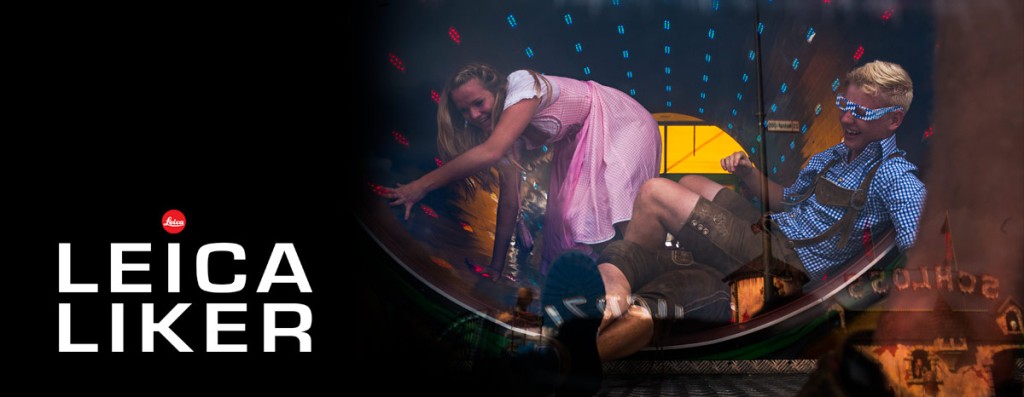
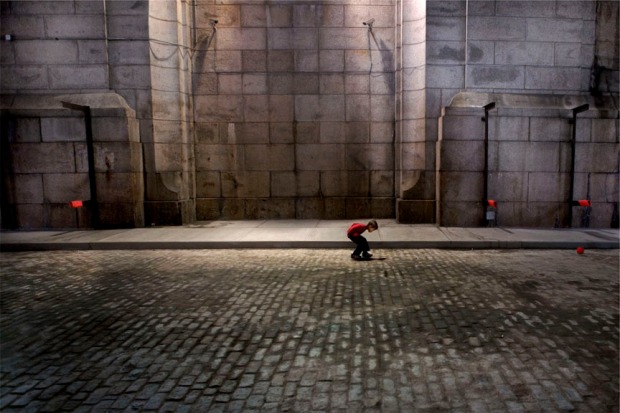
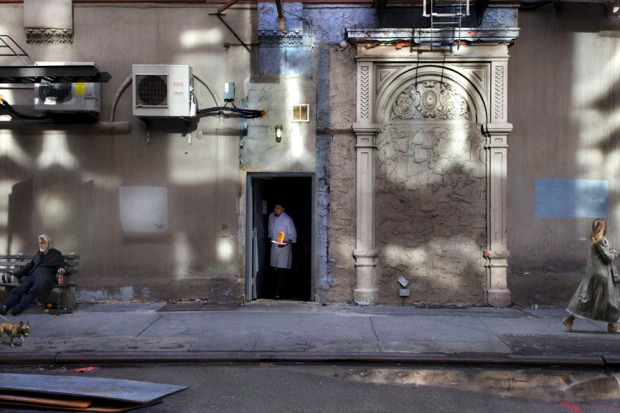
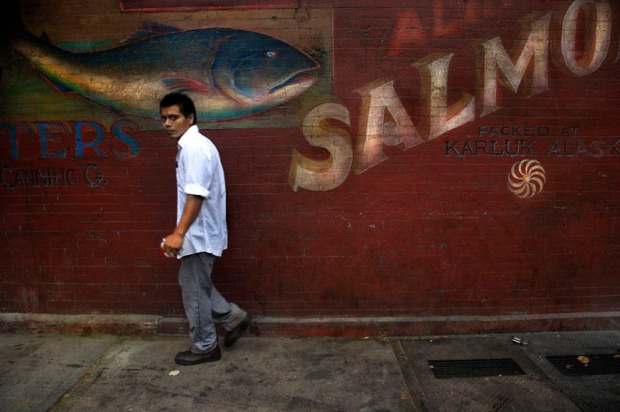
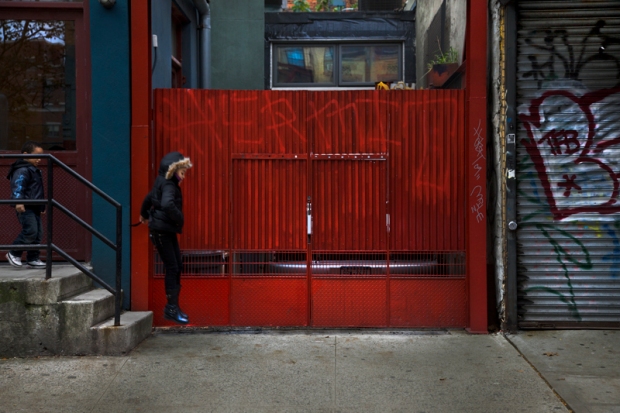
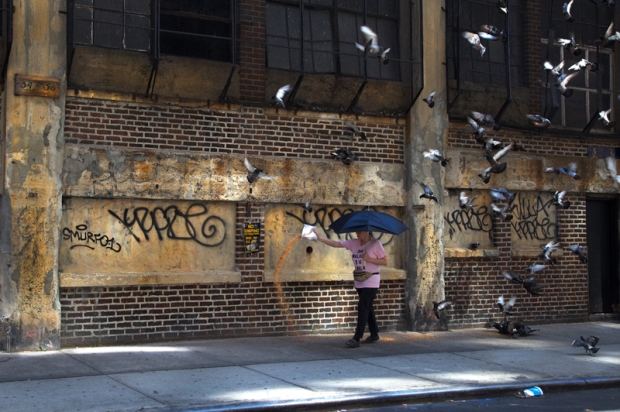
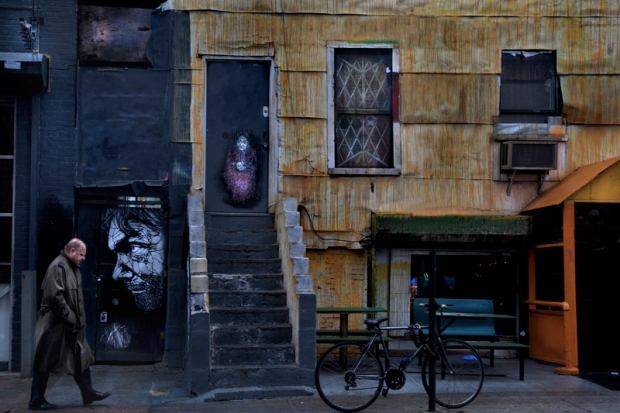
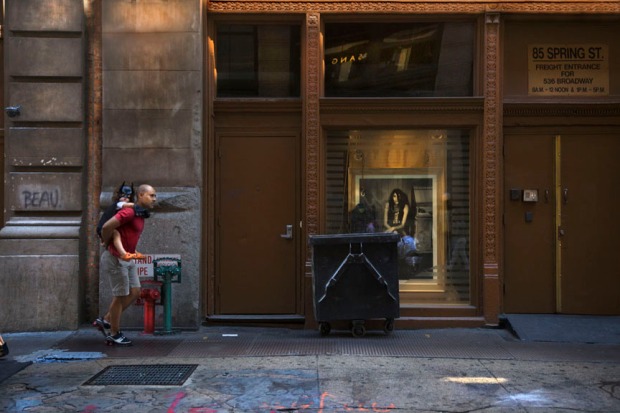
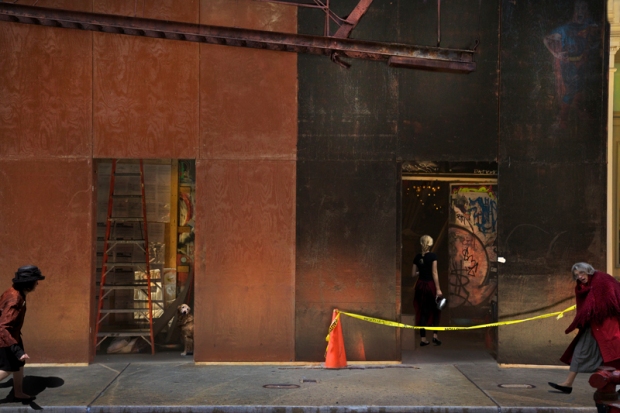
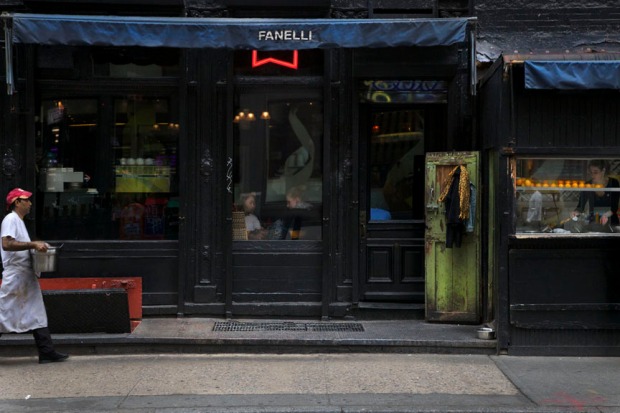
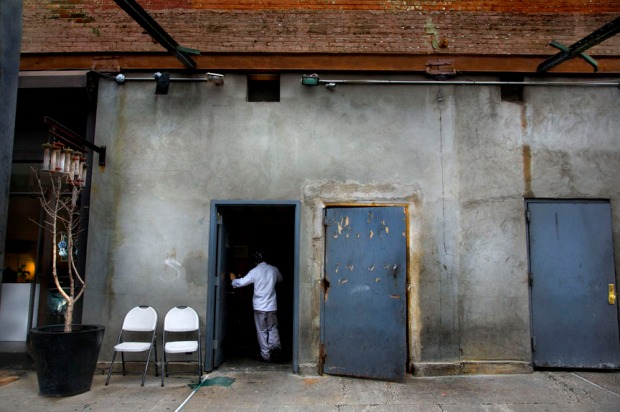

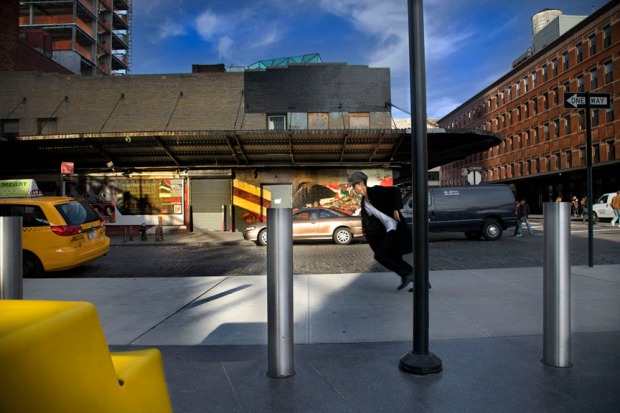
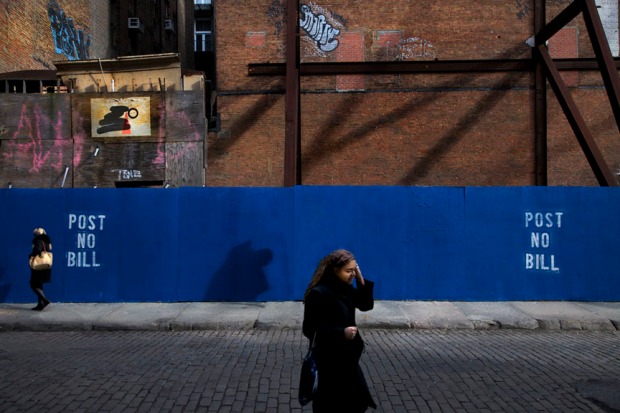
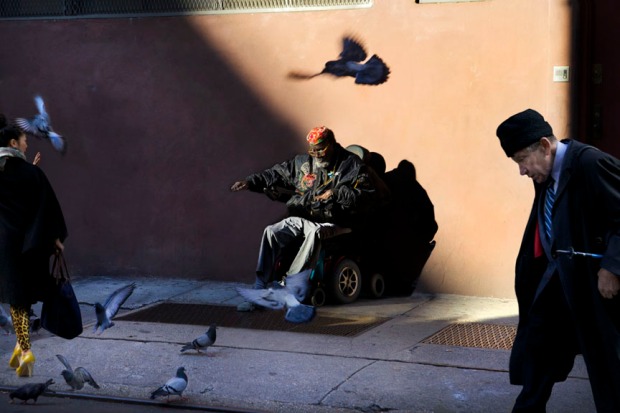
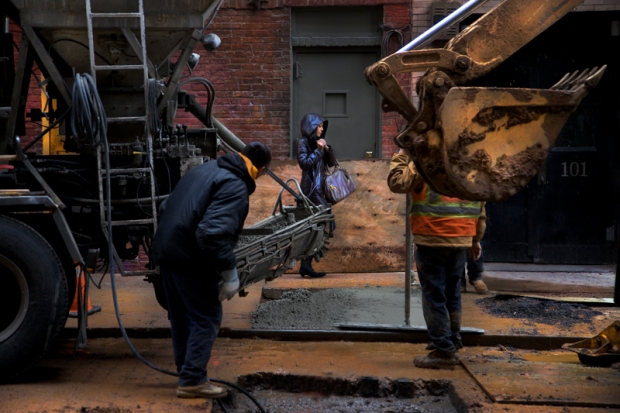

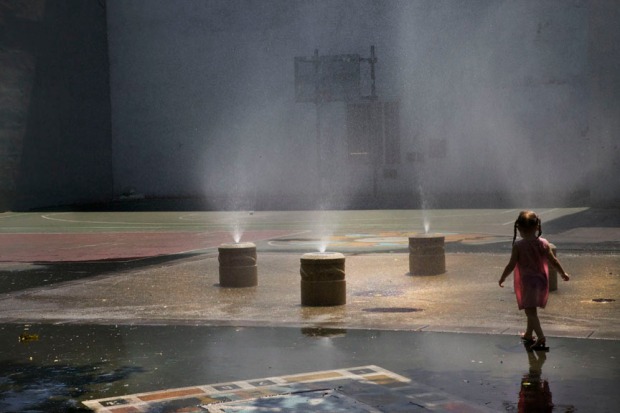
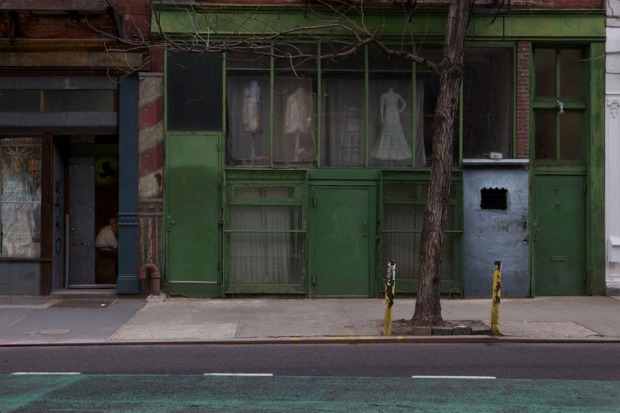
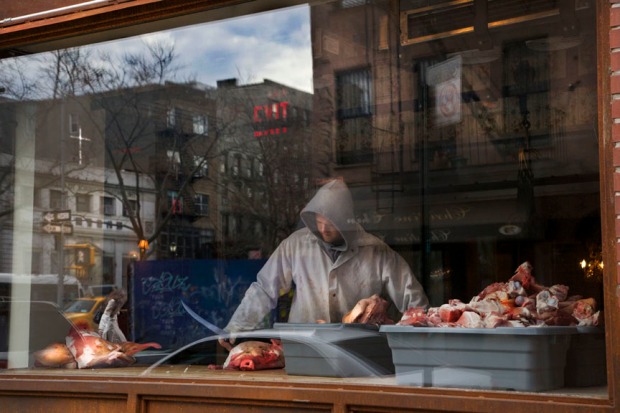
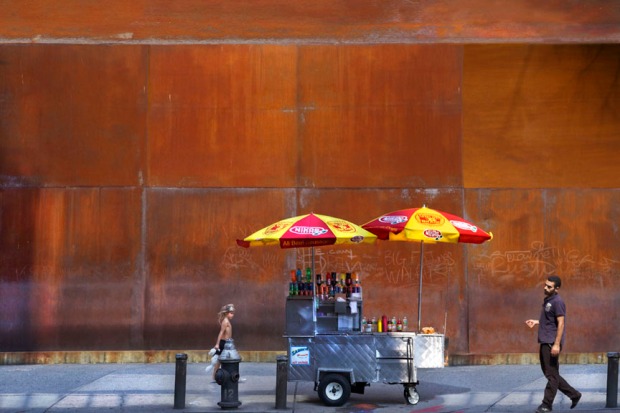
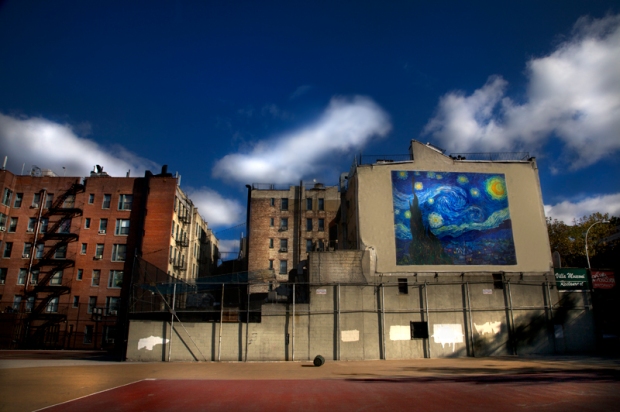
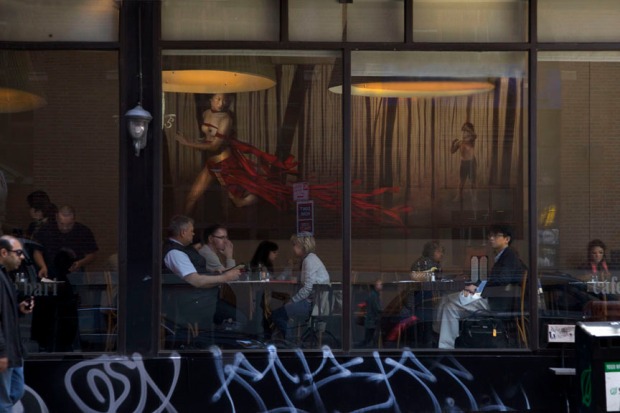
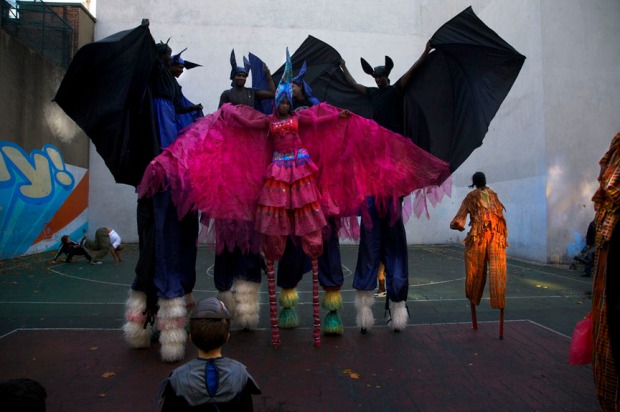


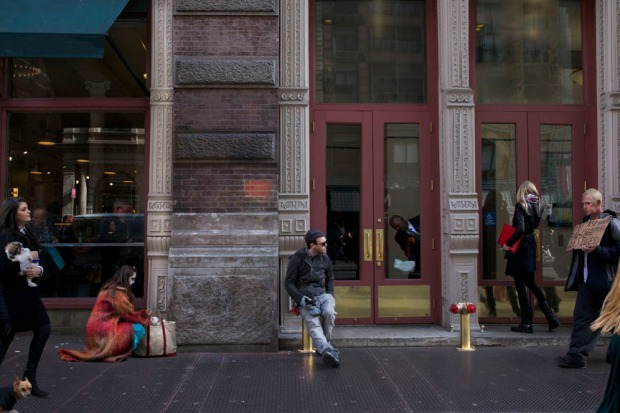
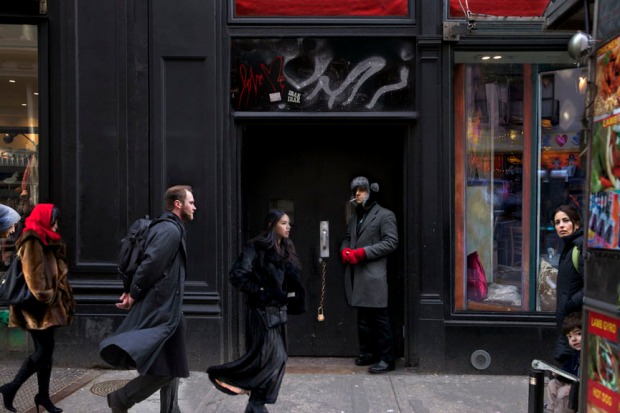
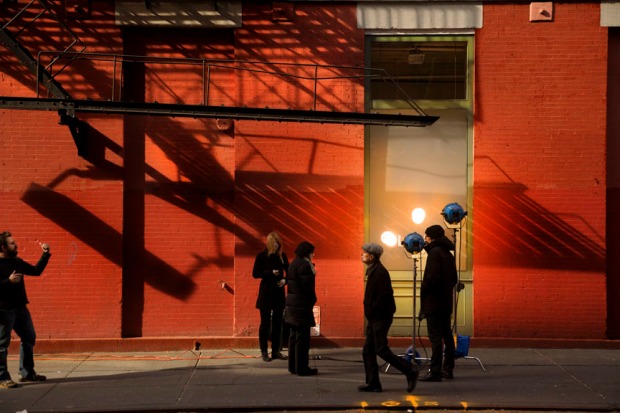
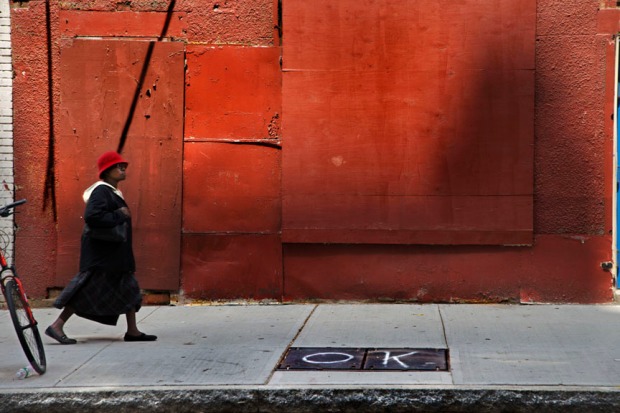
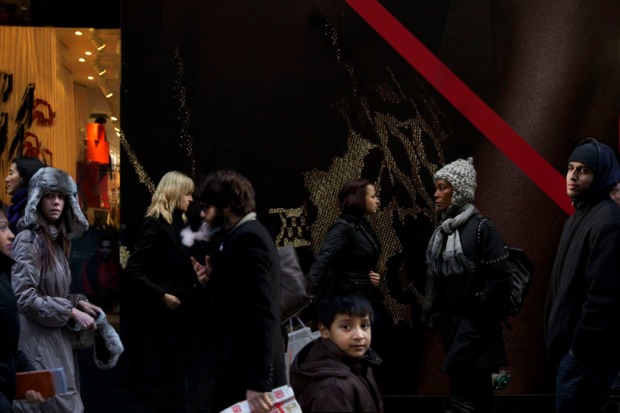
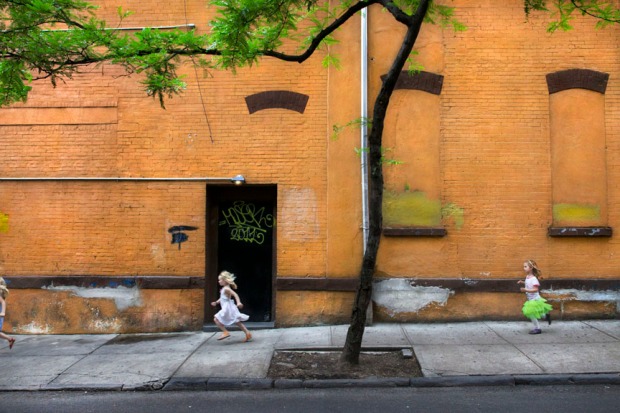
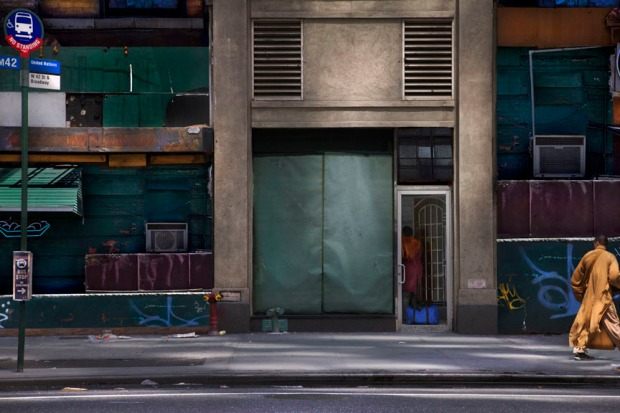
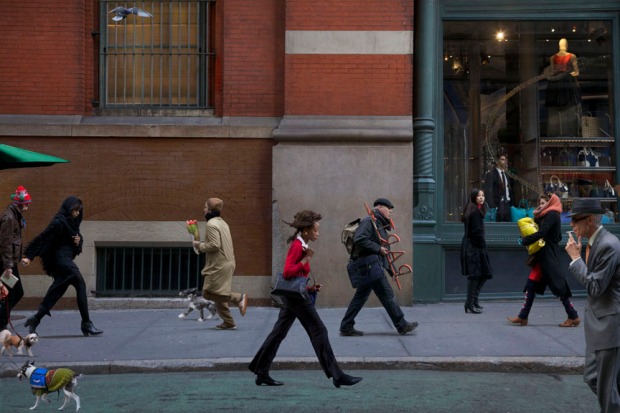
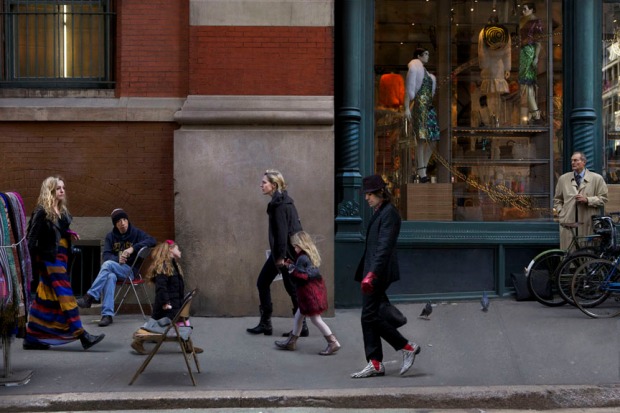
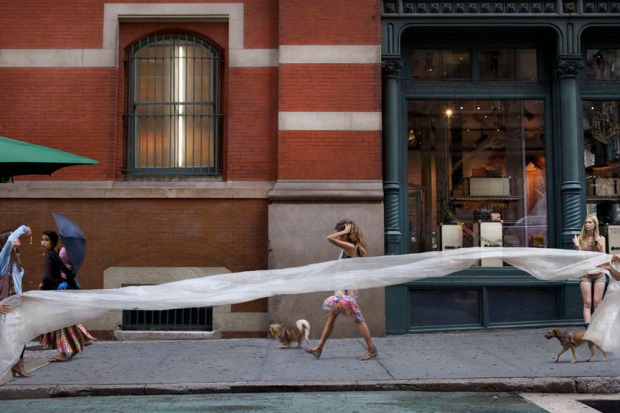
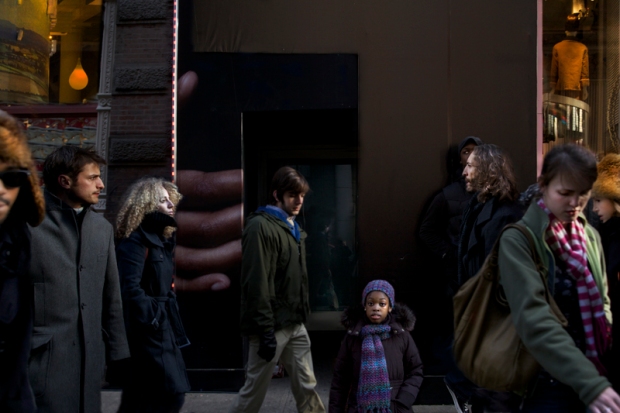
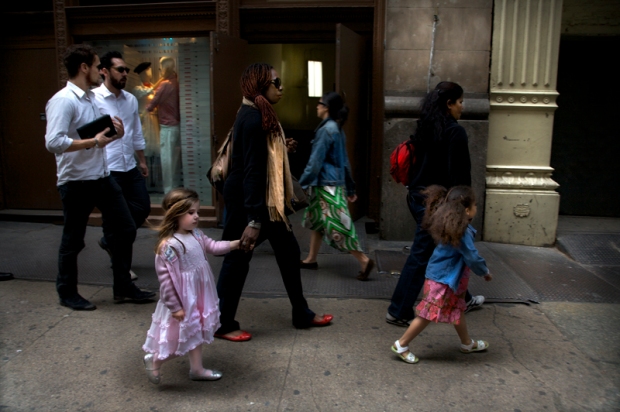
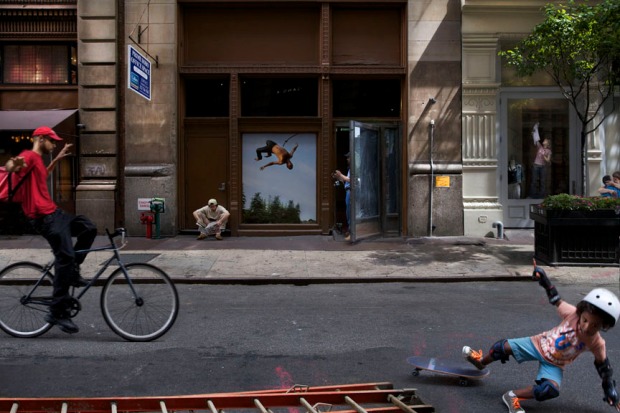
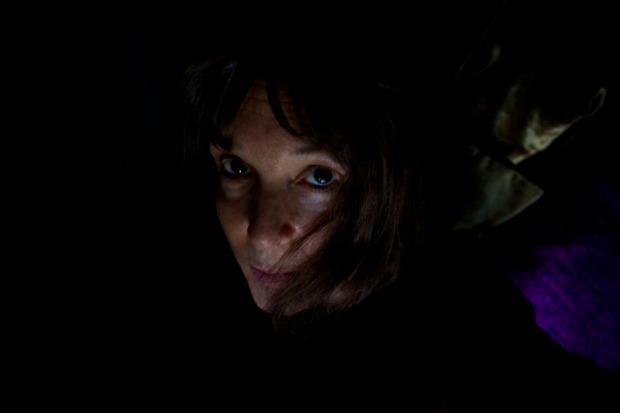








nice interview and photos!!
I LOVE Jan’s work, especially the subdued richness of the images. Great interview, Elizabeth.
Great photos and interview. I really like the last photo with the bike and the skate board. I want to try street photography so this interview is really helpfull. Thank you !
really enjoyed the photos….wish they were less processed though. still, very nice interview and ideas from Ms. Meissner.
these are amazing. some of them have that creepy HDR quality to them, but it’s all good.
Real quiet lives
Thanks for the delightful presentation, Elizabeth. For the record, Jan does not use HDR; however she does do digital burning and dodging. Remember, she comes out of painting and her visual background informs her choices. This is another reason her work is so lush and rich.
I understand she doesn’t use HDR, but what she does do gives it the same creepy feeling in some of the pictures, I feel. I get it’s painterly, which is masterful in some of these, but things don’t always translate to other mediums, just as there are a lot of dumb “cinematic” photographs.
Great work Ms. Meissner and a very interesting argument on photography…
There is something uniquely personal contained in your images that alters time’s perception…the idea of time as we know it. Mr. Barthes wrote in his Camera Lucida that a picture creates a falseness in the illusion of ‘what is’, where ‘what was’ would be a more accurate description… You are pulling that idea and it seems to me that you are really putting in practice something new, at a crossroad between painting and photography. Your pictures, instead of pretending to make reality solid, remind us of the world’s ever changing nature, make us aware of the ever different points of view and of the fact that there is a thinking mind standing behind the camera…someone who is not passive, who has decided not to be only a mere reporter but to be active with your own imagination. To me your images give birth to the world and you are the person with enough imagination to re-invent and furnish it, that brave new world. Thank you Ms. Meissner for sharing your work!
another photographer, very similar pictures from new york and other cities around the world :
http://www.hugues-l.com/wall_newyork.html?id=1
http://www.hugues-l.com/
Thanks Steve- I’ll check it out. And thanks for stopping by.
Reblogged this on Aithne.
Thanks!